What is Hands on Learning?
Hands-on Learning: (a.k.a. Kinesthetic or tactile learning) is a method of learning where a student uses physical activity to learn.
What are the benefits of Hands-on Learning?
Contextualizing learning in terms of the real world.
In classes, STEM classes especially, knowledge may not come naturally without seeing it in action. For example, science classes like physics which study the phenomena of the world around us are extremely difficult without any exposure or observance of the real-world processes. Our education is derived from the observations of the real world; thus, to truly maximize our learning, we must interact with it on a regular basis. Those who embrace the physical parts of education will retain a much greater understanding of the science, mathematics, engineering, and technological concepts which drive our world today. Keeping all types of students engaged. Students have a variety of learning styles; among the most popular are visual, aural, and kinesthetic learners. Traditional classroom exercises may be only partially reaching students; a PowerPoint could only appeal to visual learners, a video to visual and aural learners, a boardgame to visual and kinesthetic learners, and so on. A collaborative approach through projects incorporate all types of learners through providing visual, audio, and physical stimuli, as experiments in nature highlight the co-existence of all three. How to Implement Hands on Learningat Home
Using toys to promote STEM learning:
Toys are a great way to promote the principles of STEM! Promoting physical activities through adventure, toys reinforce all the key points of STEM, as well as the principles of success in life. These points include critical thinking and discovery through adaptation, collaboration with others, creative invention of new games with toys, as well as a diverse and personal understanding of the world through the process of play. Modifying DIY experiments: There are plenty of do-it-yourself experiments on the internet that allow for hands-on interactivity. While you may not have the time or the materials to do all these experiments, why not tailor them to your needs and incorporate some outside of the box thinking? Taking activities from the internet and putting your own spin on it can be an exciting way to form ideas about the world and behavior of phenomenon through offering an element of discovery rather than performing an exercise that is preordained.
→ Read More: How to Implement Hands-on Learning at Home
→ Read More: Enjoying Social Distancing with STEM Toys and Kits in the Classroom
Leveraging DIY resources:
A variety of educational and governmental entities have turned to posting a plethora of do-it-yourself STEM activities in this time of isolation. Many of these experiments can be done with staple goods! Organize an experiment based on one of these DIY activities and have students collaborate and share results! Use the digital platform to have students recording themselves performing the experiment for others to see; apply the different ways each student performs the experiment to have them mix and match, trying to reach the goal in different paths to produce several new, insightful experiences that provide for several classes of learning and discovery! Allow your students to design the experiment: The pandemic has brought the issue of resources to many families; as a teacher, it is hard to ensure every student has the same opportunities. Posing a problem to your class and giving your students the liberty to design the experiment not only solves this problem but reinforces creative and critical thinking! This is a perfect solution to infuse project-based learning, and the values of teamwork, into your classroom.
→ Read More: How to Implement Hands-on Learning in Online Classes
→ Read More: Remote Experimenting in Science Classrooms → Read More: How Teachers Can Use STEM Kits For Remote Classes Are you a Hands-on Learner?
Visual Learners
These individuals learn best by observation. Visual learners prefer images, videos, and graphics to process information. In a digital age, visual information has become more prevalent than ever through PowerPoints, data organization through graphs and tables, social media, and so on. Demonstrations also do the trick here. Auditory Learners Listening and sound are the best reinforcement for those auditorily inclined. Those who are auditory learners prefer explanations above all else; a lecture is likely to be most effective here rather than reading off a document. Conversation and combining sounds into activities are critical to their success. Kinesthetic Learners For kinesthetic learners, doing is everything; when given the chance to work hands-on, they will gladly jump at the chance. Using all their senses in conjunction with the information given, this group of people need experimenting and interaction with the physical applications of ideas to gain a better grasp. Reading/Writing Learners Those who enjoy reading and writing likely fall into this category; they can analyze and express critical ideas through writing to gain a more thorough understanding of arguments and concepts. While many activities may inherently cater to this group, they will likely prefer written instructions during activities that are hands-on. Read More Here STEM Tips and Resources for Parents
Two common resources for STEM learning:
3 Hands-on DIY solar4STEM Experiments your kids will Love
Materials for Experiments
These materials can be reused for all these experiments:
1 – Varying Light Intensities on a Solar Panel Solar energy works by capturing photons and turning them into electricity; what do you predict will happen when the intensity of light, or the amount of photons, changes? Is there a limit to the efficiency of a solar panel?
Choose solar4STEM
If you want to keep your family engaged and experimenting while at home, you should invest in a STEM kit that emphasizes all the positives of learning.
The solar4STEM kit is a tool that reduces the hassle of prep work, provides enough materials for a collaborative and innovative setting, and provides lesson plans that not only outline experiments, but offers exploration and alternatives to learn your way. Let us help you bring the wonders of a science classroom into your home!
Related Articles
0 Comments
Your comment will be posted after it is approved.
Leave a Reply. |
Make STEM Fun & Easy!Located in Pinellas Park, FL, solar4STEM has been providing parents and educators interactive STEM kits to keep kids engaged. Let us help you make STEM fun & easy with hands-on experiments!
Follow Us3845 Gateway Centre Blvd.,
Suite 360 Pinellas Park, FL 33782 Vertical Divider
|
Vertical Divider
|
|
|
Sitemap
|

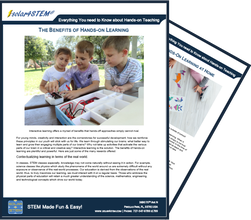
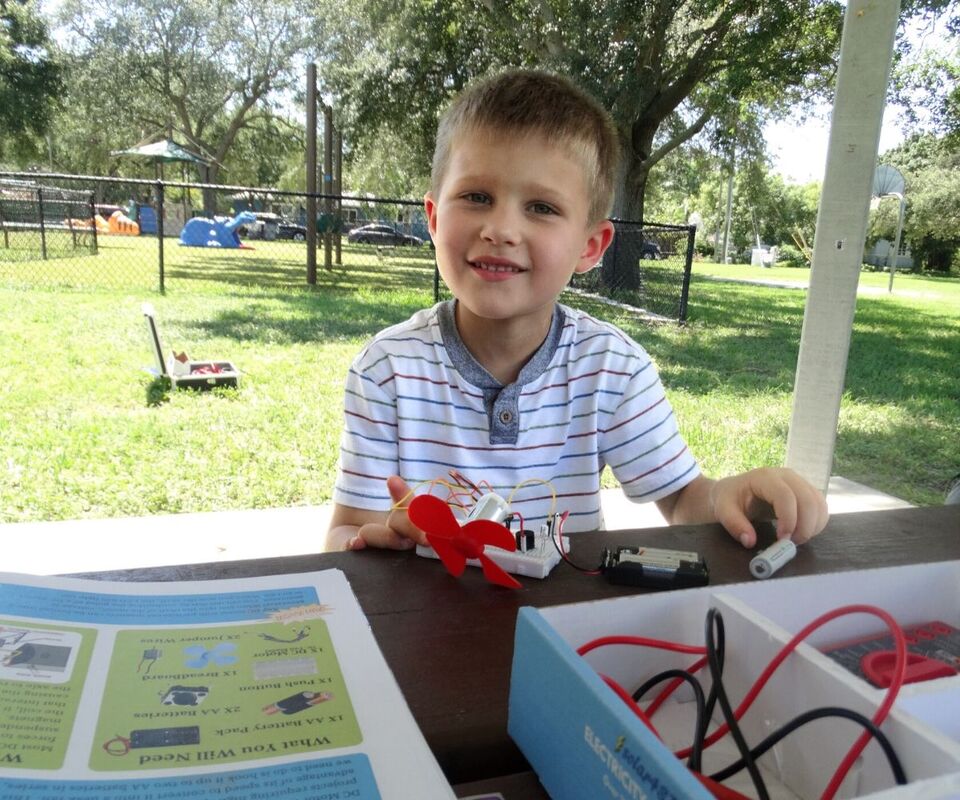


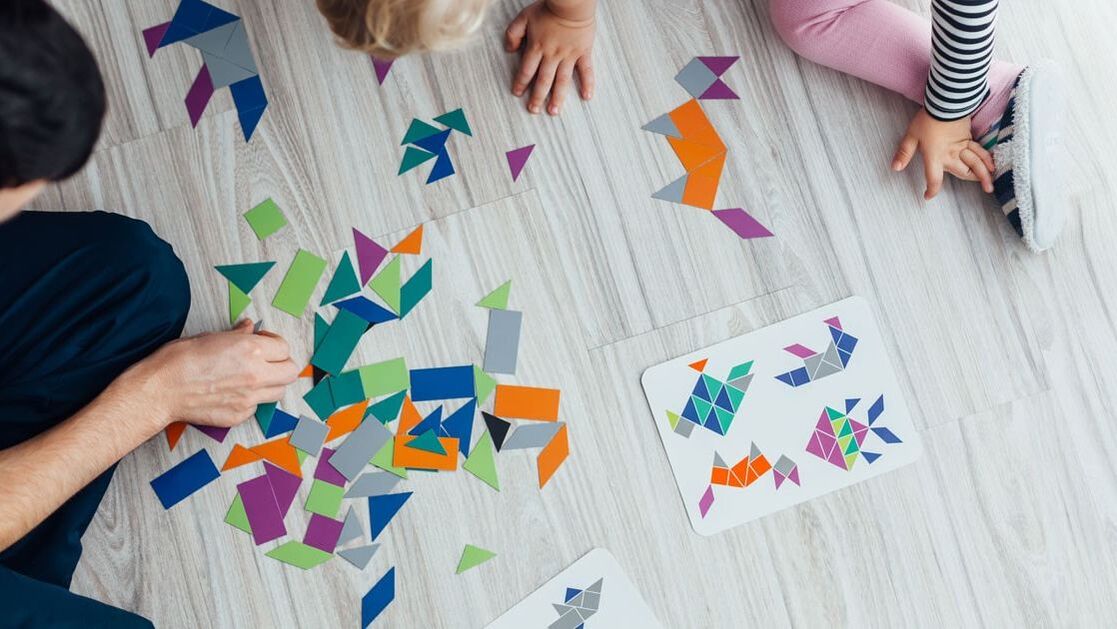


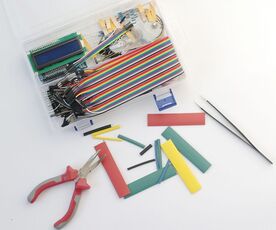
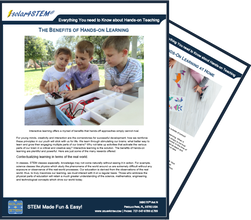
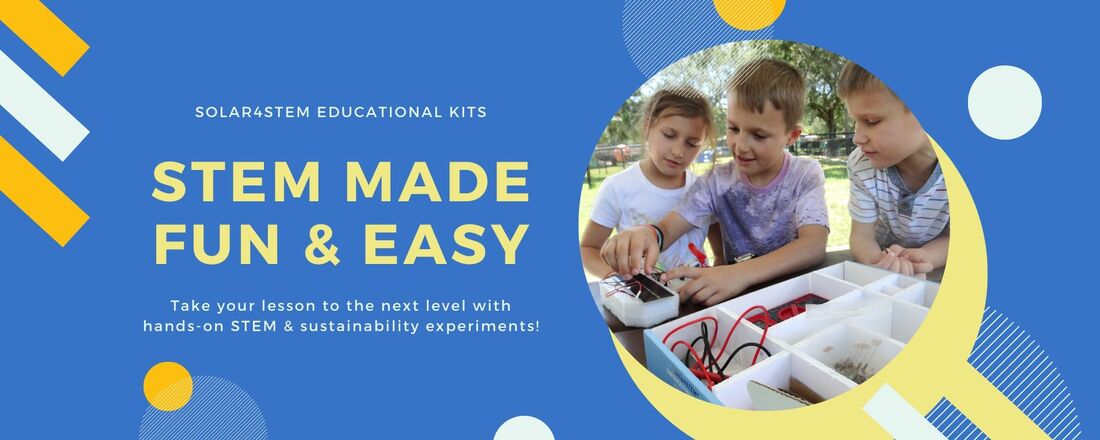

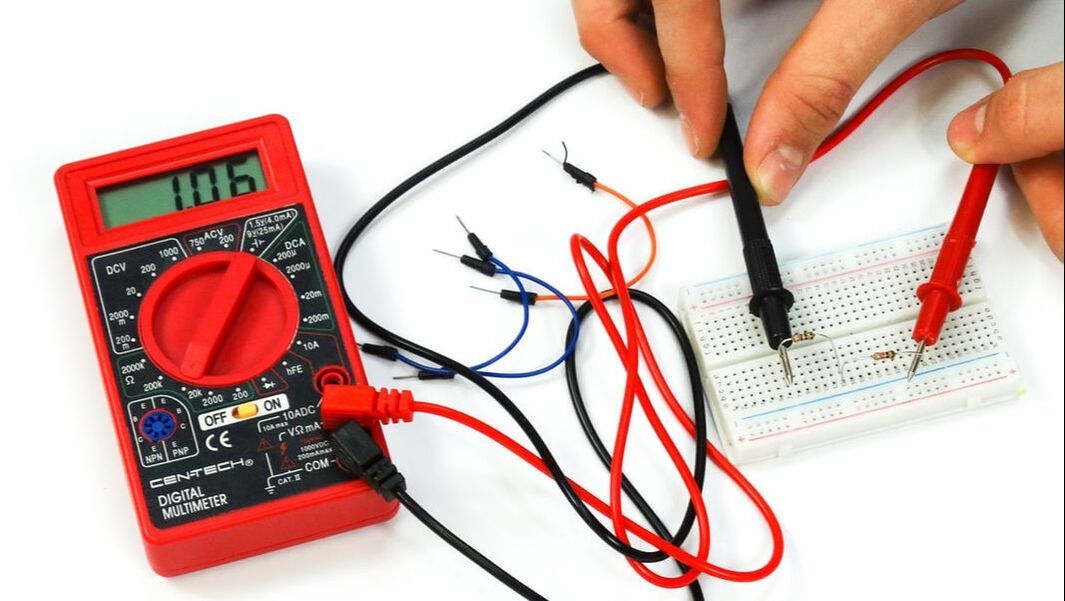


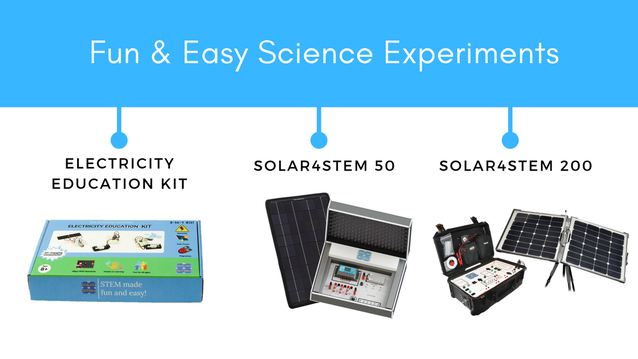
 RSS Feed
RSS Feed



